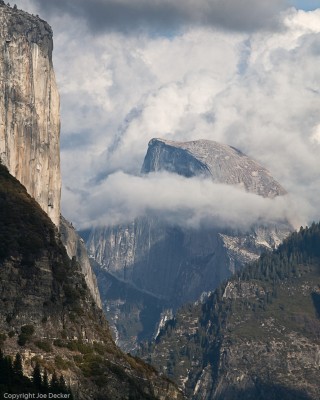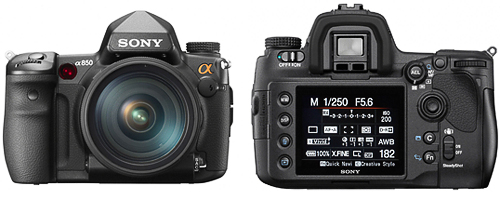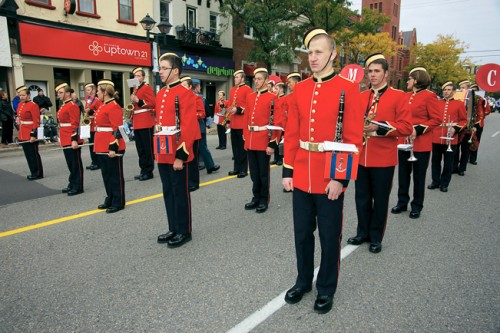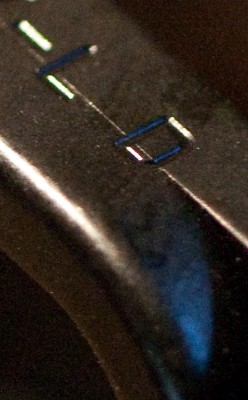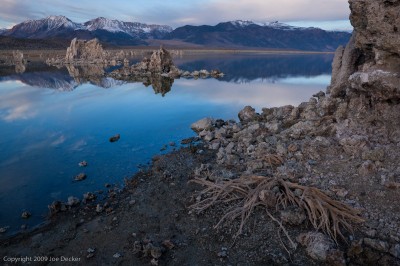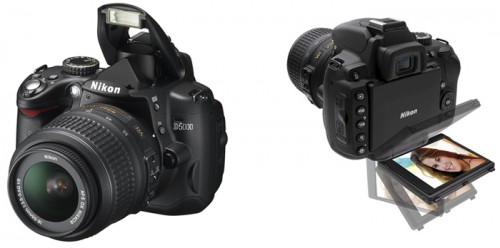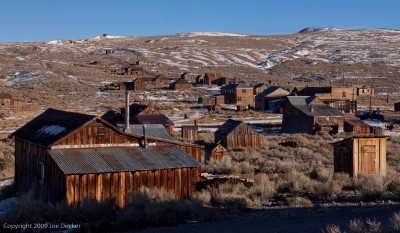Sunrise & Set Pro for iPhone/iPod Touch
Like many in this industry, I started as an assistant to other photographers. One cold and wet afternoon while cleaning the cases of one of my clients I came across a curious set of plastic laminated cards with the word “Sundicator” printed on them. Being the complete geek that I was (am,) I recognized the terms Azimuth and Inclination and figured that these cards were a way of estimating where in the sky the sun would be at a particular time and place. Each card was specific to a range of latitudes on the globe. In order to use the set properly you needed the correct card for your latitude and a compass. It’s worth noting that this photographer had lost the card for our home latitude.
Jump ahead 15 or so years and you have the age of gps and hand held computing. Hence the iPhone app Sunrise and Set Pro. This wonderful little app will read your current gps location and tell you the Azimuth (heading) in inclination (angle above horizon) of the sun for any given time. It will also give you sunrise and sunset times for that location on any given day. The app automatically computes daylight savings time issues which is great because I can never remember whether to add or subtract and hour. And it will also allow you to save custom locations for later review. This is a great option for location scouting. With saved locations you can easily change dates and times of shoots from home and know what the sun will be doing before arriving on location. (more…)
